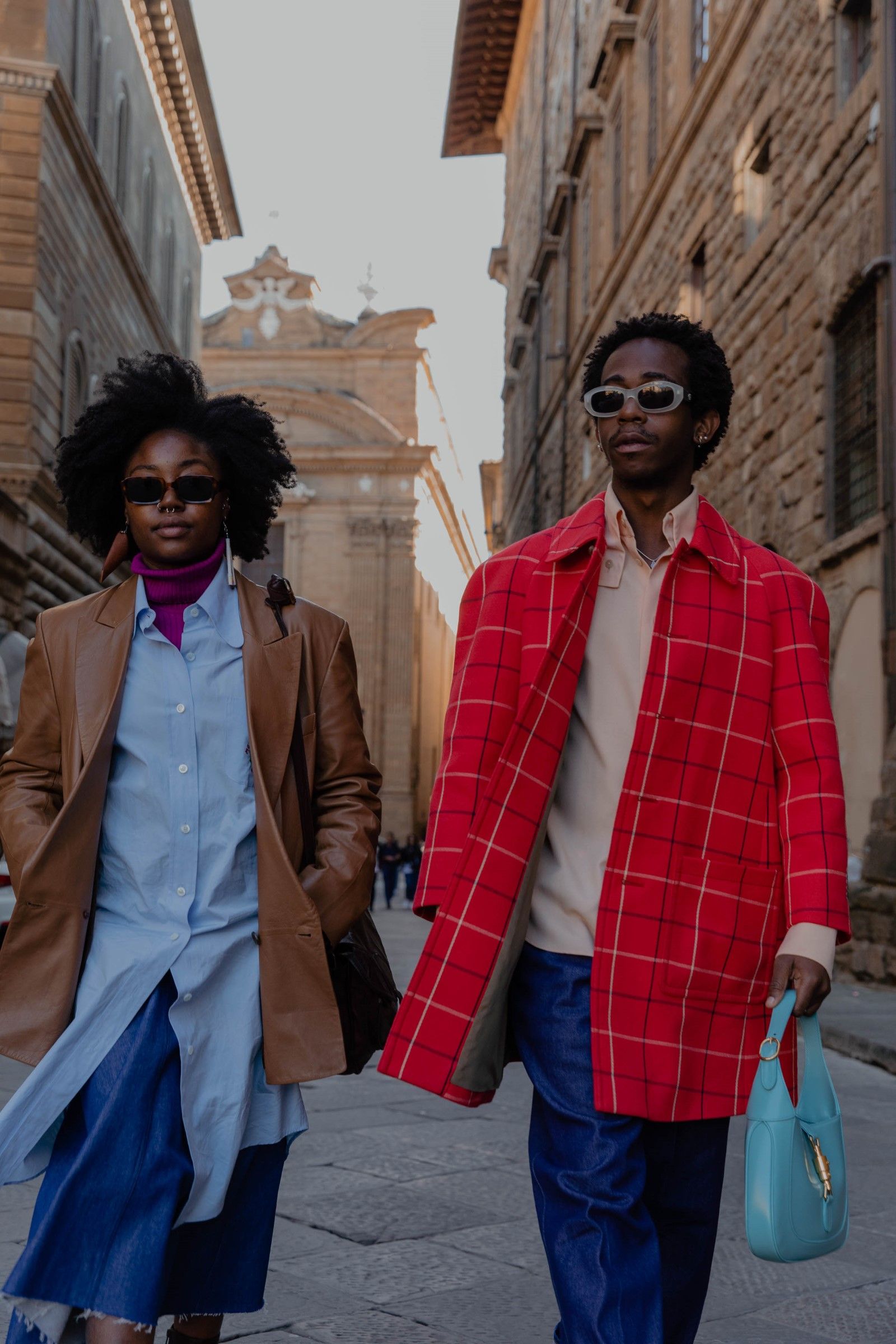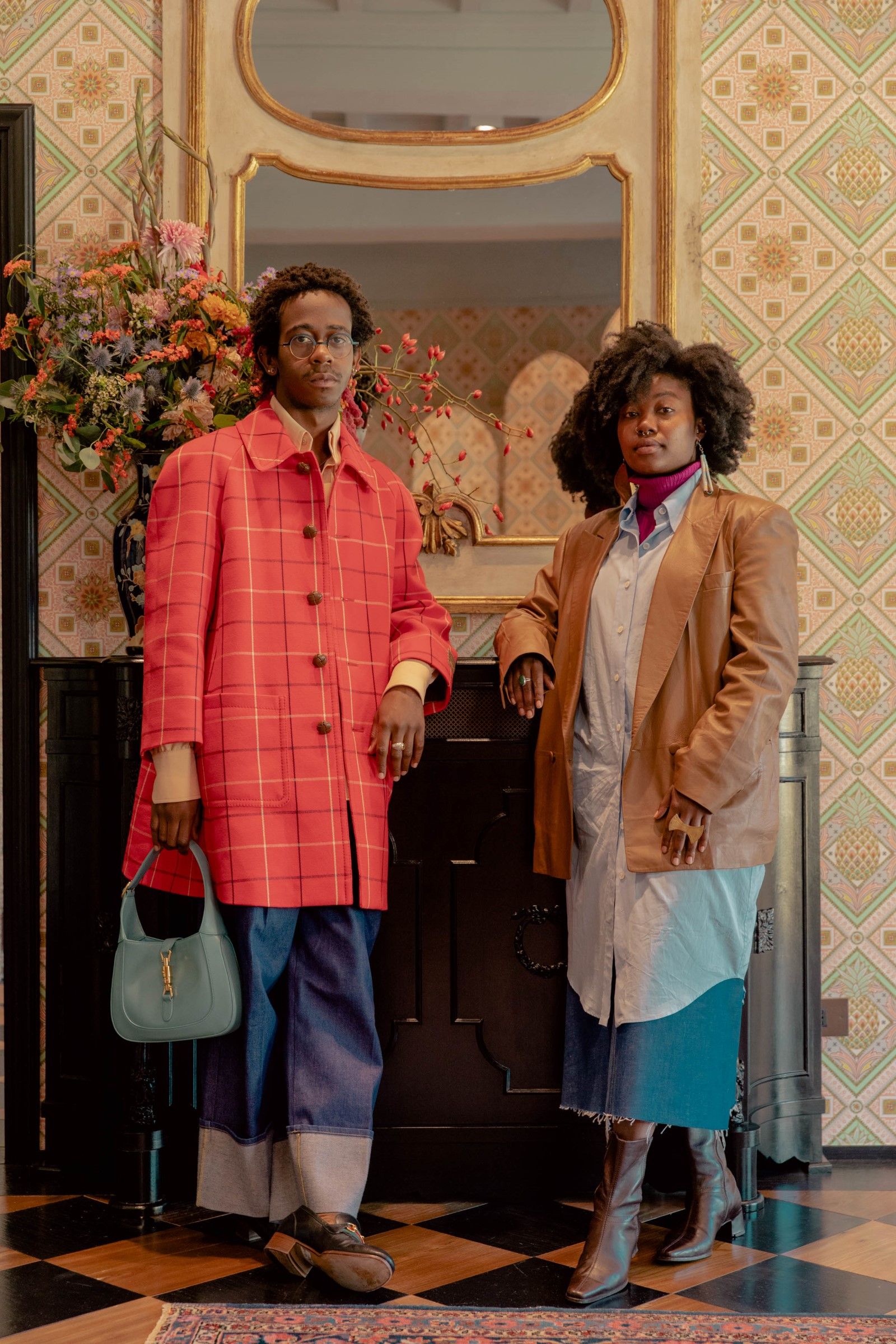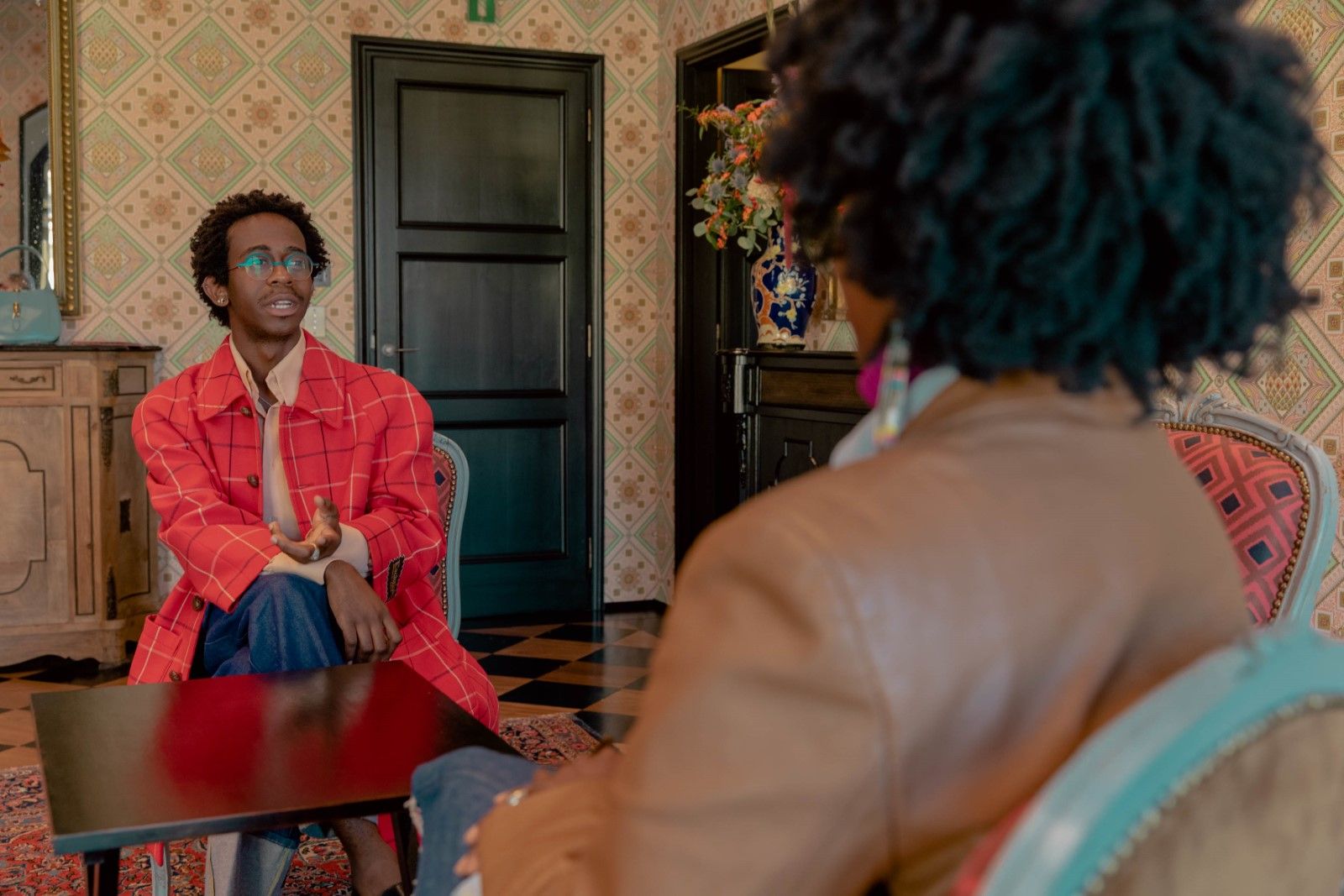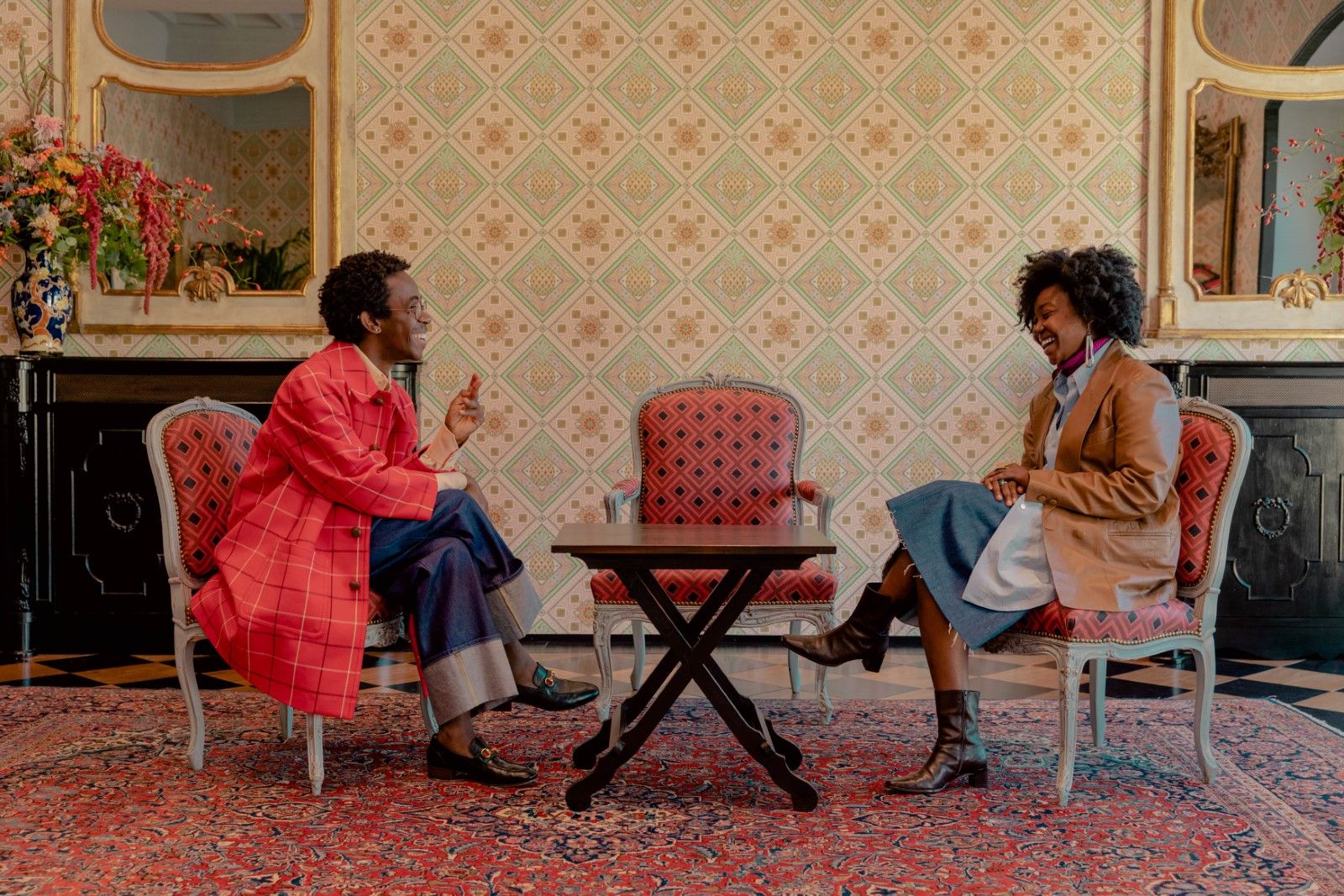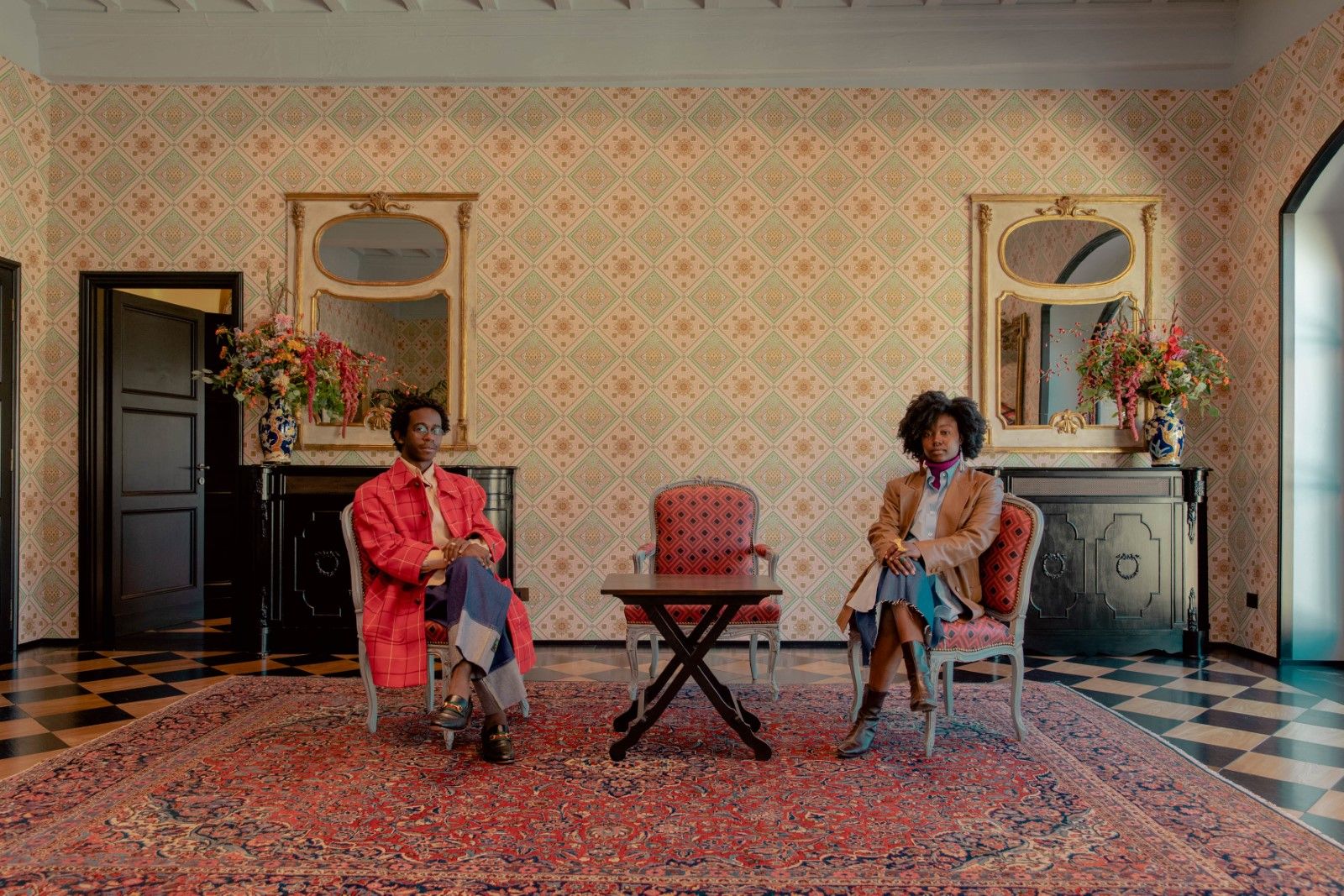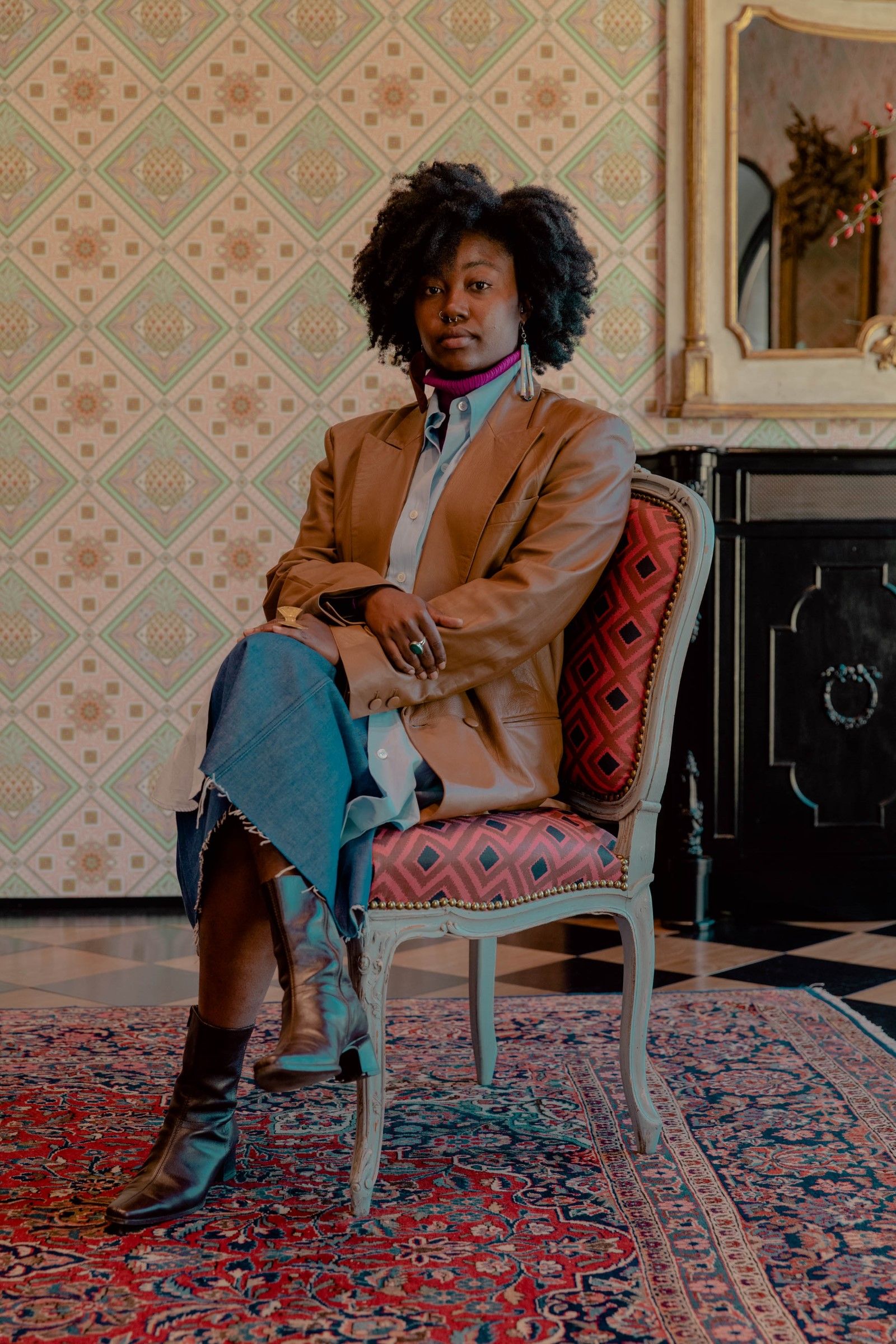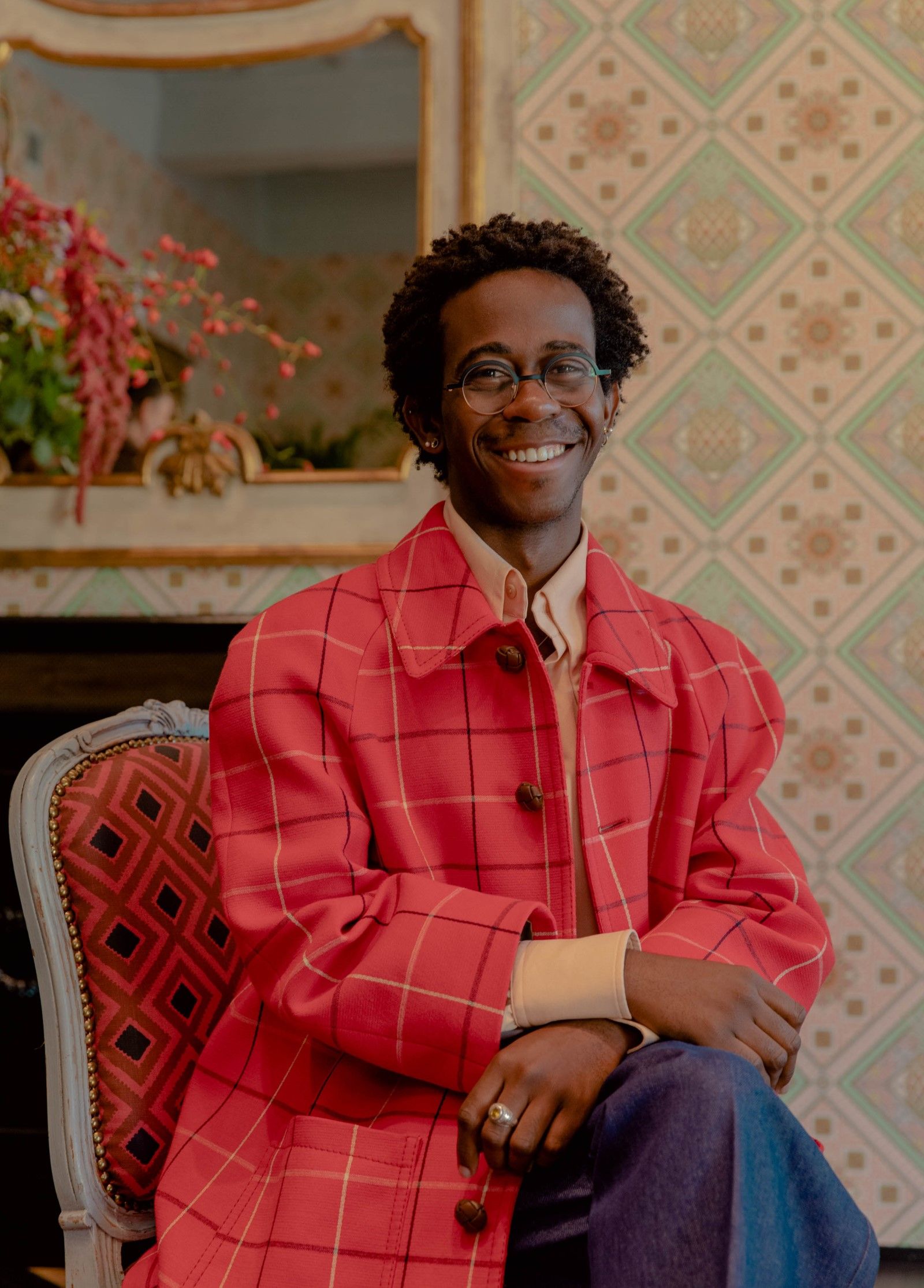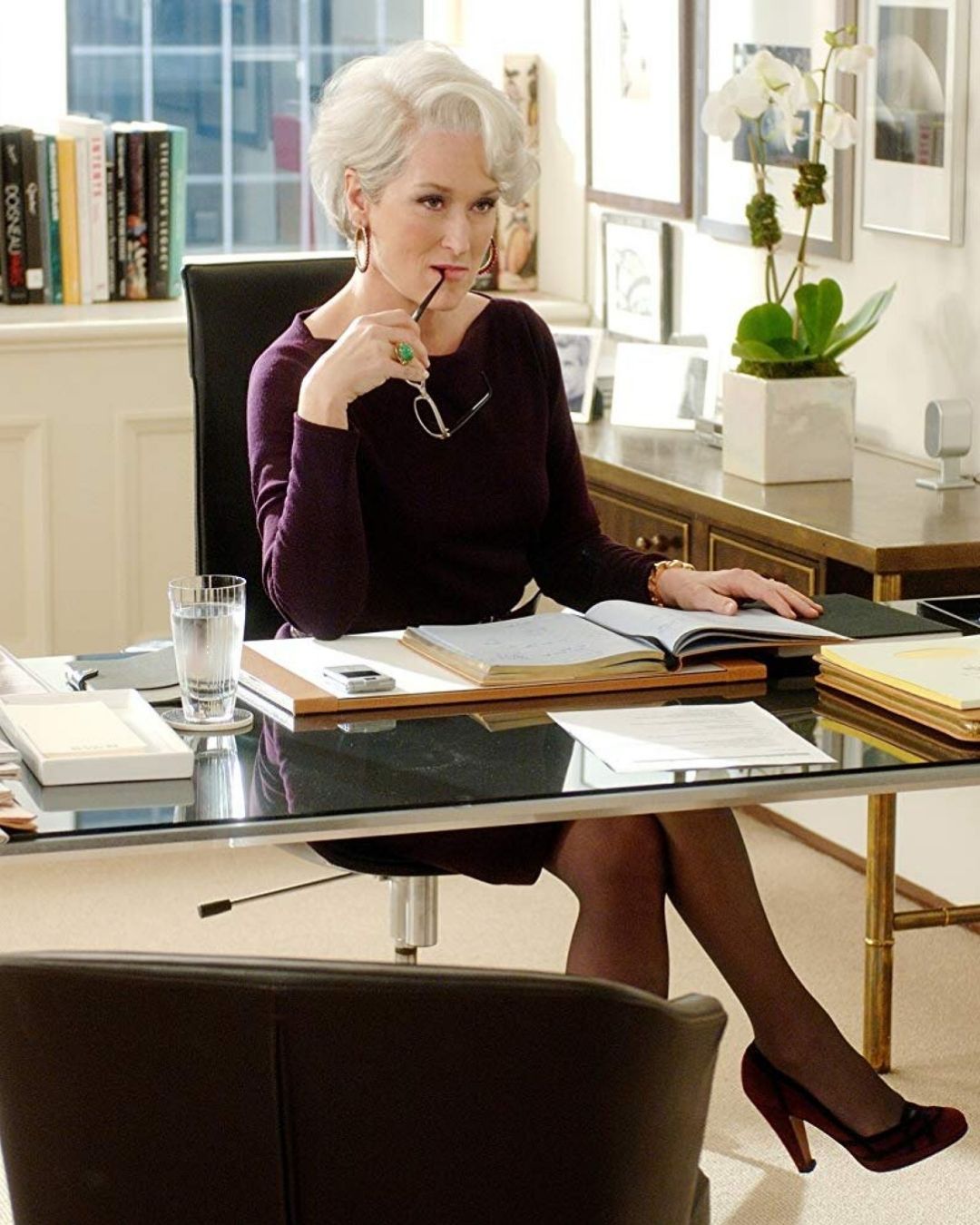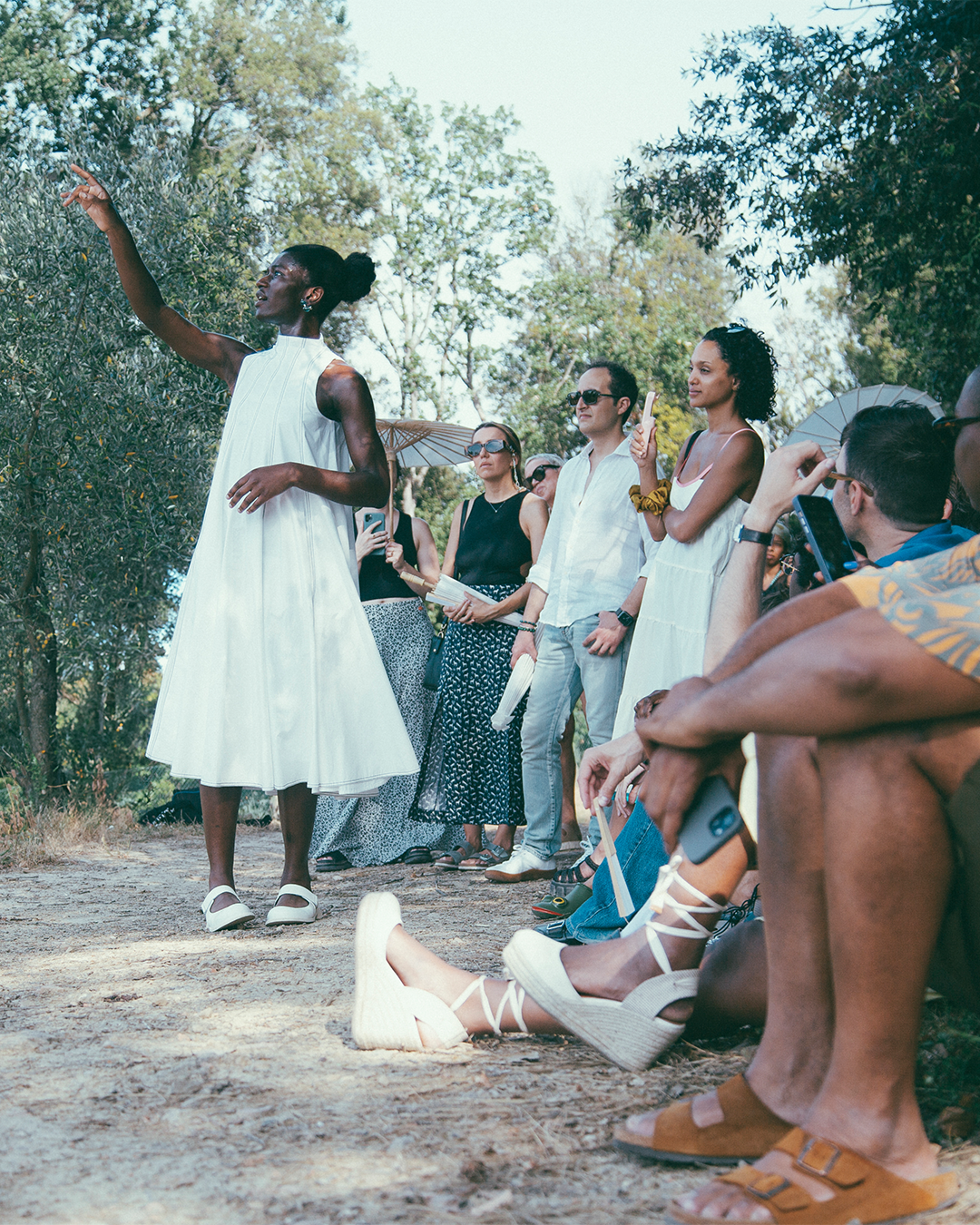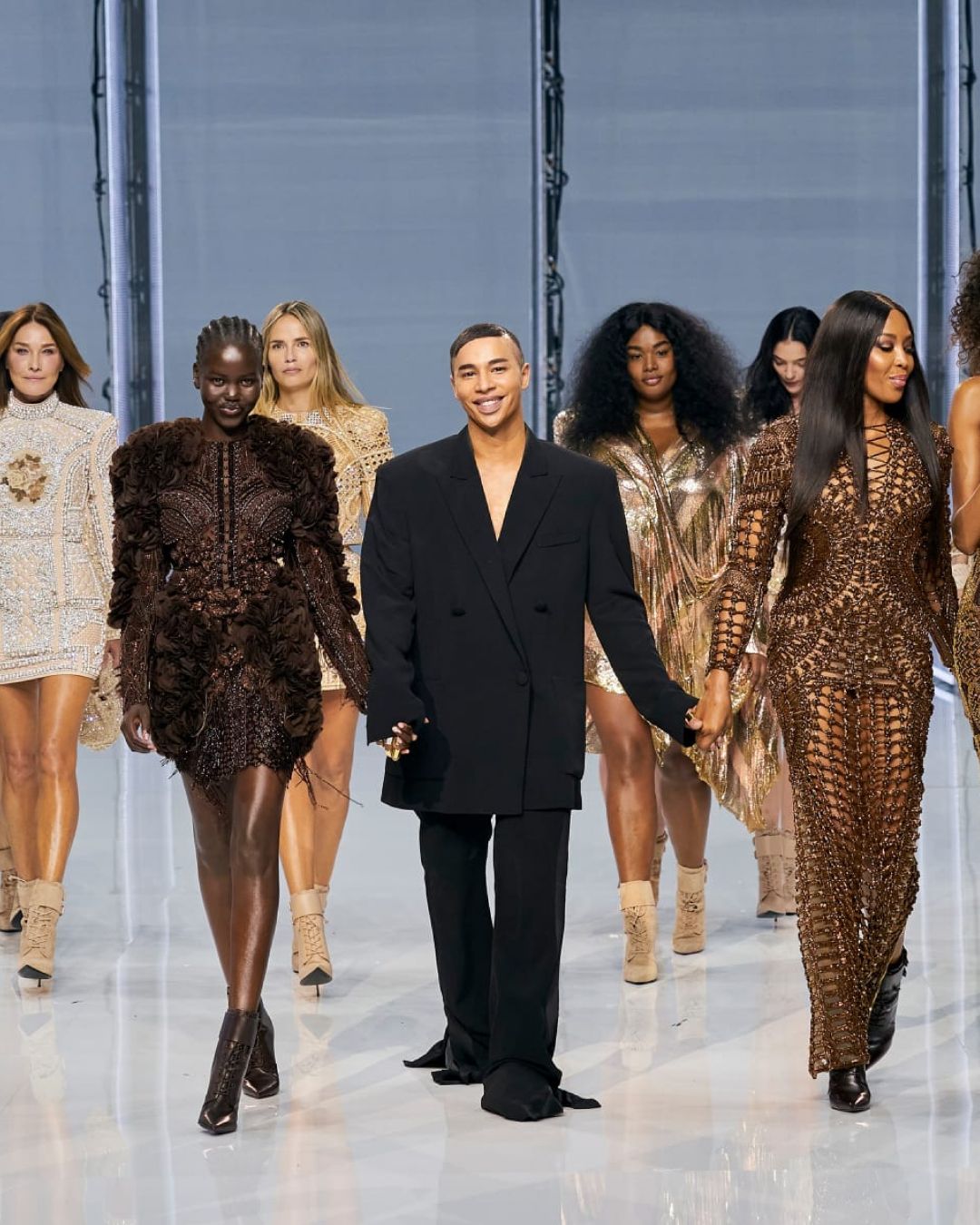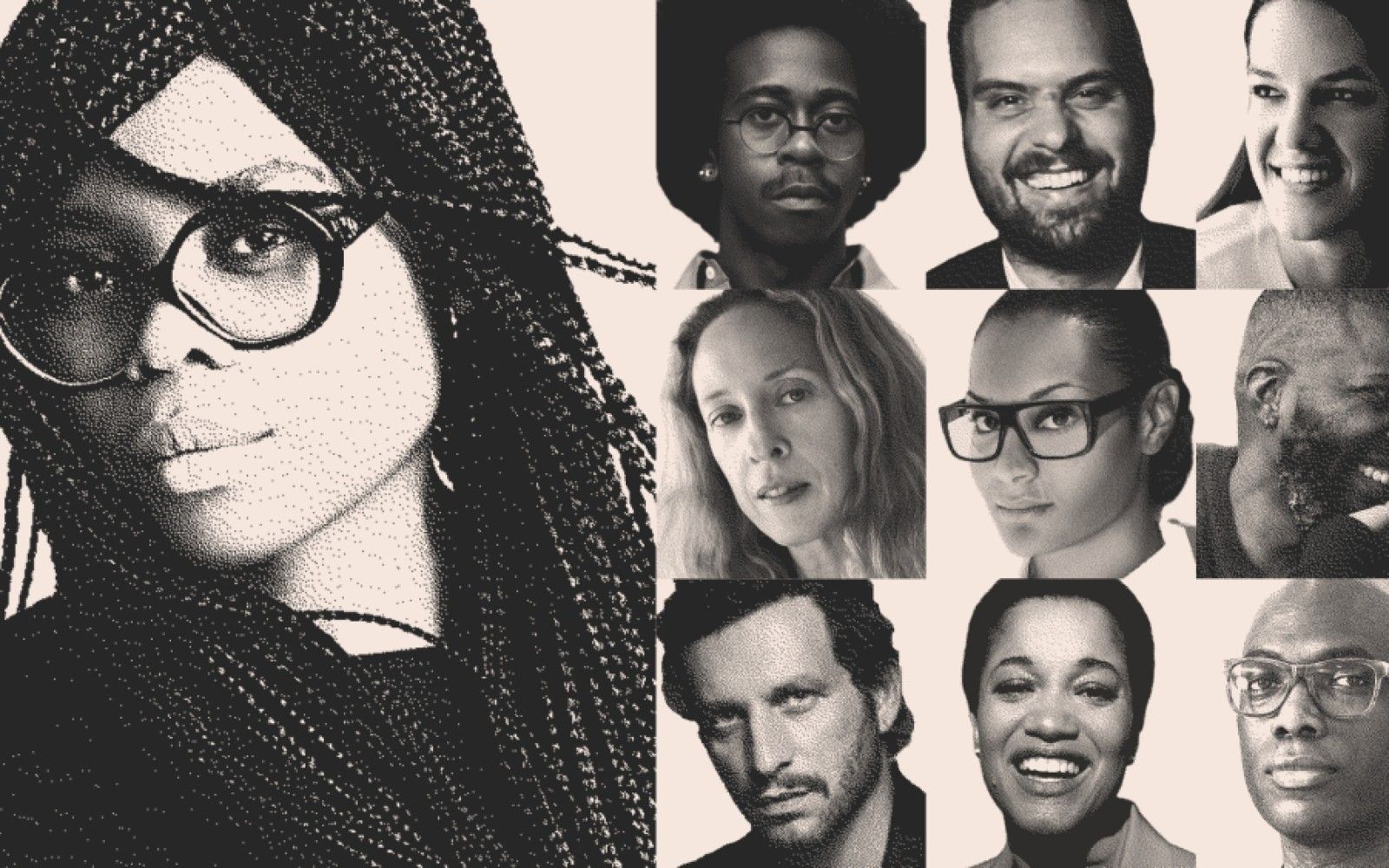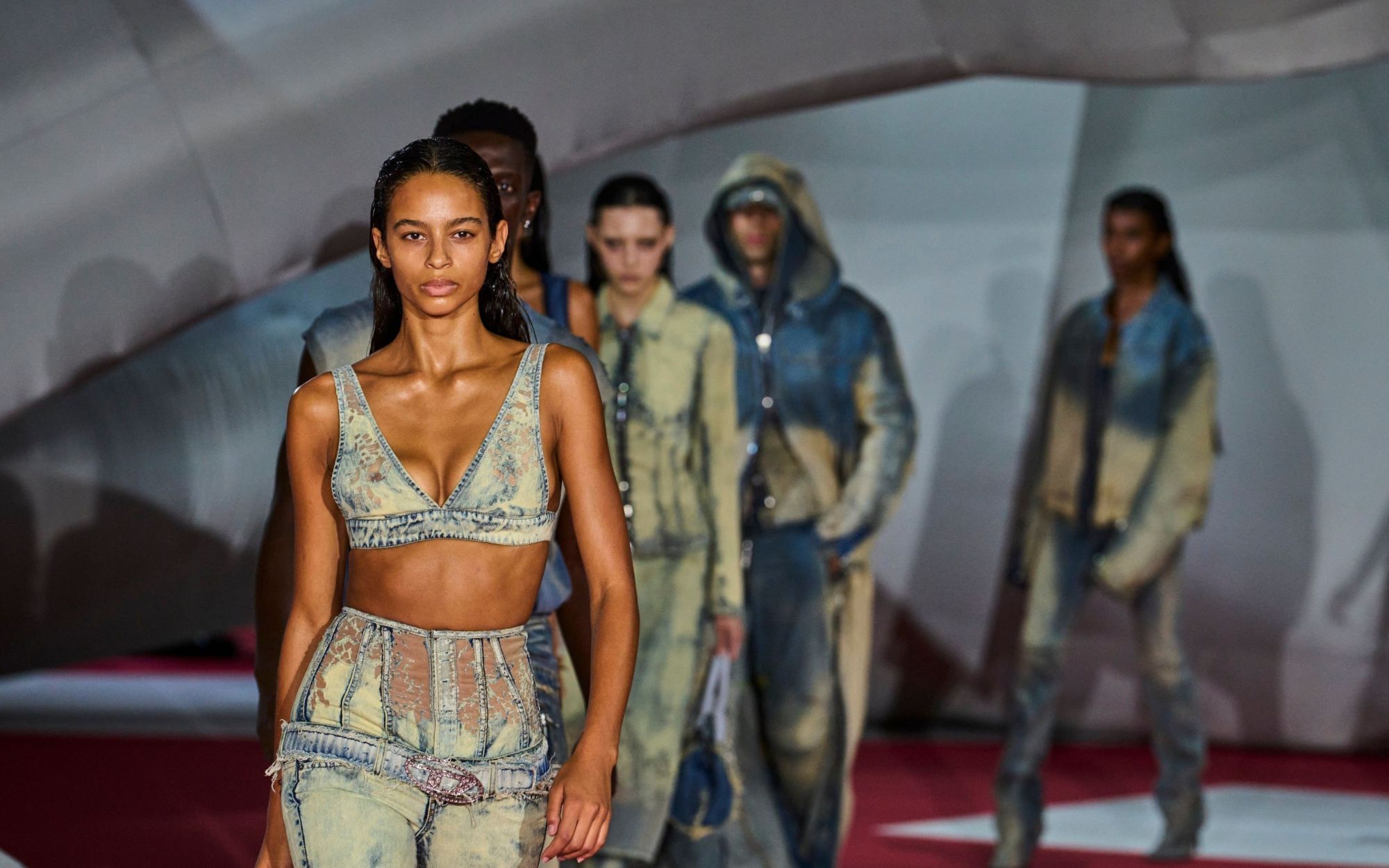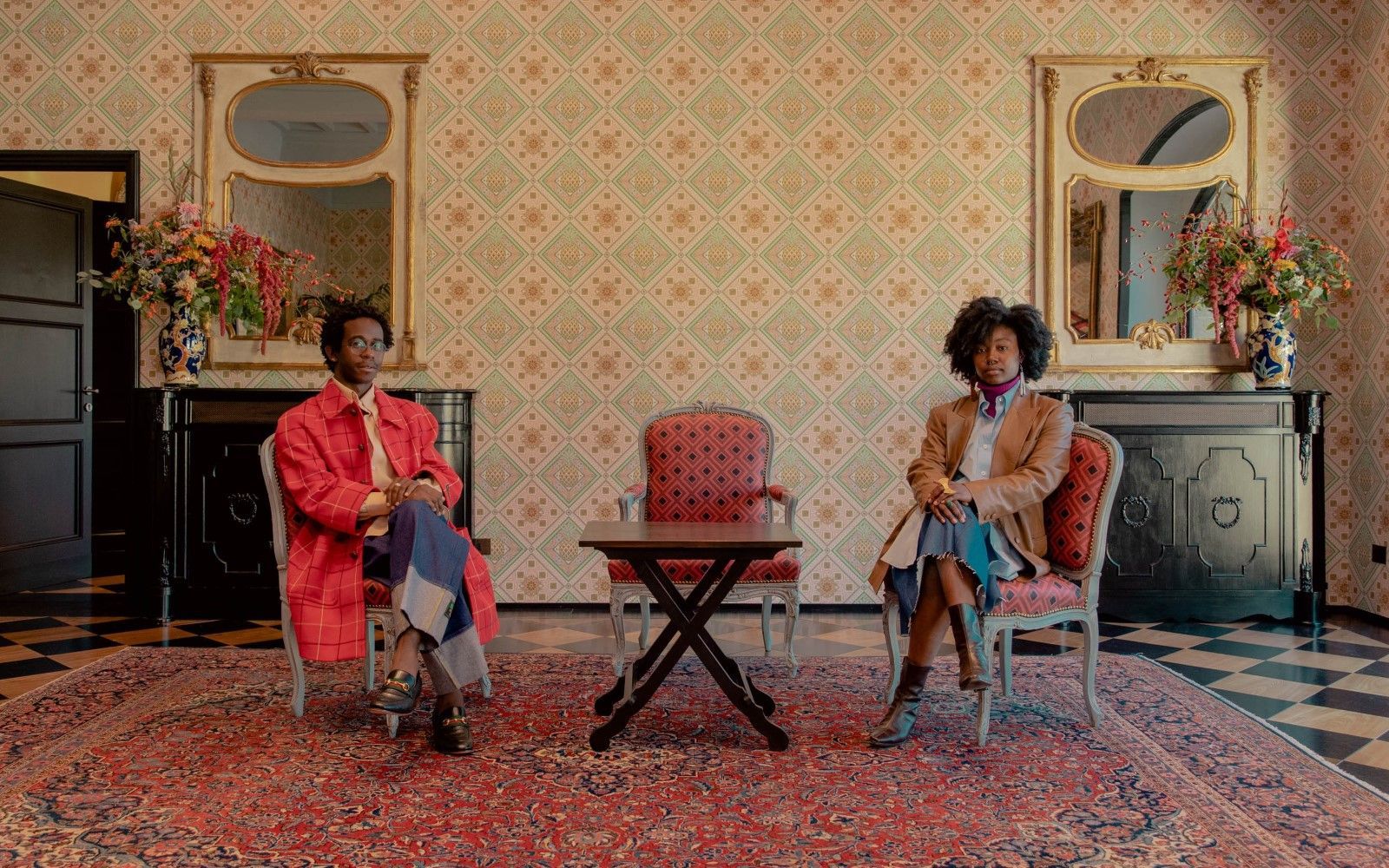
Inclusivity and celestial bodies: the interview with Paul B. Preciado of Gucci x MQBMBQ We met the Spanish philosopher in Florence on the occasion of the Eredità delle Donne festival
In the past week, there has been ongoing conversations and debate throughout Italy in regards to power and the rights to protection that minority groups like the LGBTQ+ communities have to protect in a heteronormative patriarchal society in the light of the denial of the DDL Zan law. Coincidentally , just a week earlier , on the occasion of the 2021 edition of the L’eredita Delle Donne festival in Florence, Gucci Equilibrium tapped My Queer Blackness, My Black Queerness (MQBMBQ) for a conversation with writer, philosopher and curator Paul B. Preciado that speaks to the concept of survival, resistance and the movement of change.
Preciado previously appeared as a speaker in one of Gucci’s latest campaign Gucci Overture and his work has been known to transcend applied and theoretical topics relating to identity, gender, pornography, architecture and sexuality. Together with MQBMBQ, they dive into a discussion regarding race, gender, sexuality and identity in a way that investigates the difficulties of being Black, LGBTQ+ or anything outside of white and male in a system that wasn’t built to accommodate us. View the full video below.
We have transcribed the most salient moments of our conversation below while at the bottom of the page you can find the complete video of the interview.
What is your definition of the term Celestial Bodies?
Honestly when I think about that notion, for me I do think about the cosmic relationship which we are in, so the Earth being part of this much longer than just human history. That’s the way I see it . All of us, including animals, funghi , plants, belong to this long cosmic history. And I also like to see ourselves as not being alone in the universe. For me what is holy is this tense and immense temporality of the universe and especially if we use this notion of celestial bodies to refer to those body during human history in this case have been the object of violence..so I think that referring to those bodies now as celestial, I see why they have to be honoured , and we have to honour their history of survival that we belong to, and I think that’s super beautiful.
How can we inspire the institutions of society towards being more inclusive spaces?
It’s a little bit also to come back to the book that we presented yesterday, trans voices for instance have not been acknowledged as a wealth of cognitive value in the world of the medical and psychological institutions. Sometimes when I speak to some of my friends and to young really young, trans people today and they talk to me about how difficult is their life and how they’re not being understood by their parents , by the schools or the institutions and sometimes what I try to tell them is — because this is my own history as well — is that , that horrifying history is your big value. This shitty thing is your wealth. And this is how I see it , it’s like the history of my own destruction, it contains in itself the knowledge to transform society.
What role does art and creativity play in the movement to change things?
When we say art, it’s a little bit like we were saying before with feminism. We say art and we think art is basically preserved and it’s fantastic and it’s radical or it’s the world of freedom, but it’s not. Art is also a notion that has been created, belonging to this epistemology of colonial and patriarchal capitalist regimes that we’ve been living in. Even for instance , and this is something that you know better than myself, imagine the way objects that were produced within African cultures were not considered art but were considered anthropological testimonies. So even this distinction between instruments and art shows immediately that the notion of art is fully embedded within the colonial regime.









































